|
Among the most essential decisions’ that you can make once it comes to your firm is how you can manage your accounting and bookkeeping. In case you are like most small firms, you perhaps cannot afford to employ a professional bookkeeper, and this implies that your firm needs an accounting and bookkeeping software program that is relatively easy to use. Xero is among the fastest growing accounting software solution around Australia. Hosted in the cloud, easy to use, and quick to set up, Xero provides’ you with up to date information regarding your firm’s finances just at the touch of a button. Furthermore, Xero software is engineered from the ground-up to run in the cloud and work seamlessly with your bank. As soon as Xero is correctly set up, it draws’ down details regarding your business transactions’ from your bank every single day, permitting your bookkeeper to ensure your business accounts are easily and quickly updated. Below is an overview of Xero’s bookkeeping features.1. Bank feeds.You can bring together your bank accounts’ using automated bank feeds. This brings’ all your bank transactions directly into your Xero account. 2. Integrations’.Xero seamlessly integrates your accounting system with that of your customer using advanced integrations’, whereby you can directly transact with your clients and vendors. 3. Access to Multiple Platforms.Xero can be utilized from your desktop computer as well as from your mobile application. Since this software is in the cloud, you won’t need any systems as long as your desktop or mobile phone has a browser installed; it can operate on any operating system. 4. Payroll.Xero grants easy to utilize payroll systems for firms with multiple employees’. It takes’ care of super calculations and tax updates. Workers can be granted access to their payrolls with limited user access. 5. Add-ons.Xero understands’ that firms have their own complications’ and so it assists in making bookkeeping easier by providing add-ons for distinct user requirements. Below is a straightforward and easy to understand guide on how to utilize Xero.Log in.To log into your Xero account, you need to visit www.login.xero.com and simply log in using your login credentials. In case you do not own a Xero account, you can try it out with the 30-day free trial service provided by Xero. 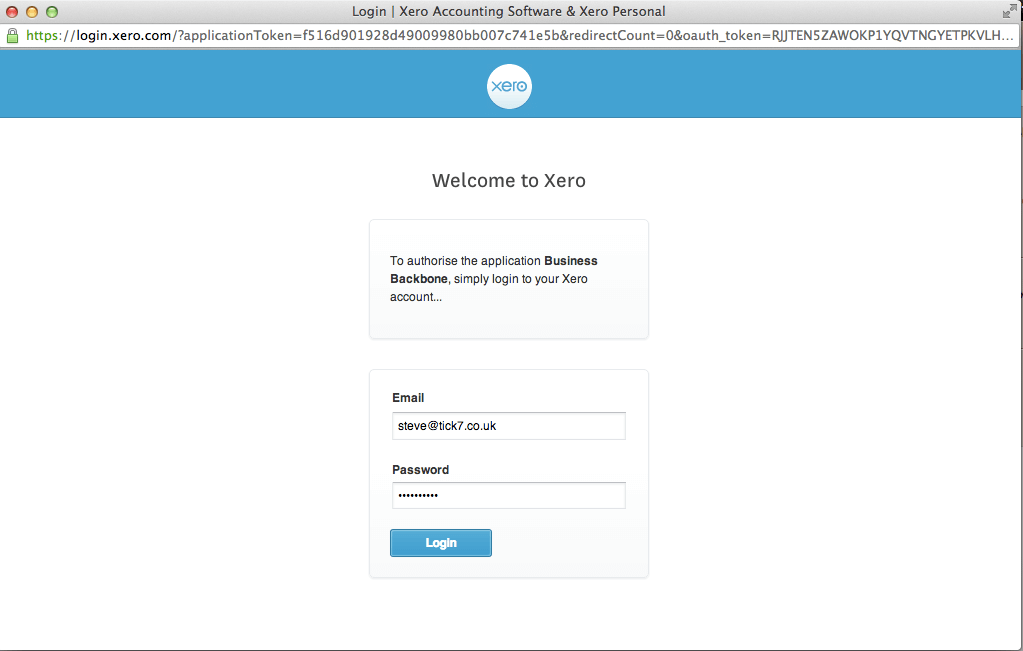
Xero’s Dashboard.As soon as you are done logging into your account, you’ll get directed to the page known as Xero Dashboard. This page is the key to business reports’ you need to see at first sight implying that you can customize the things you desire to look at once you log in. Xero’s Menu.Xero has a beginner friendly and easy to utilize menu which assists you to quickly jump to distinct sections’ where you need to work. The menu features the following sections.
Now let us enlighten you more on how the Xero dashboard functions. Like stated before, Xero dashboard assists you to view all reports you desire to see on the go. Below is how a Xero dashboard looks like. 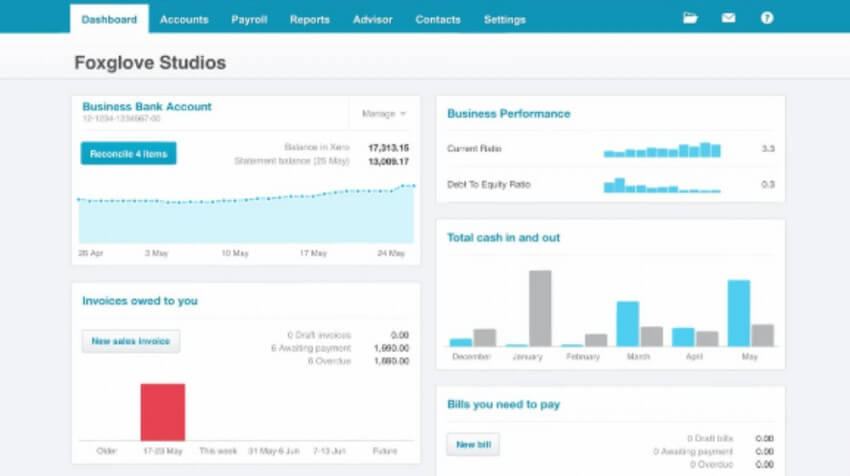
You can feel free to configure every account you desire to see from; settings- Chart o accounts- Go to particular account- then lastly click “show on dashboard.” 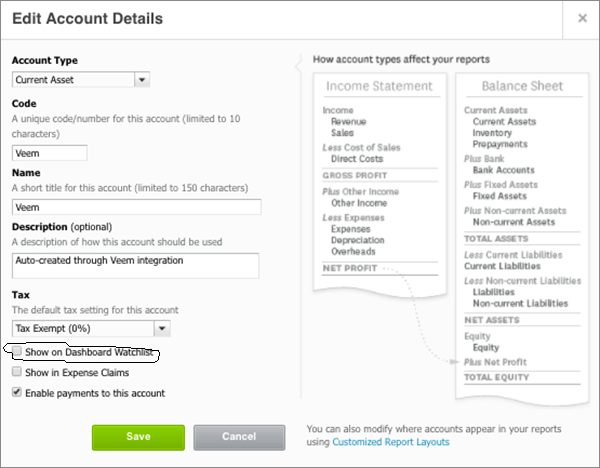
Kindly note: Setting Up Bank in Xero.It’s easy to work with bank accounts since you just set up your bank account in a way that all your transactions will get automatically imported to Xero. All you need to do is reconcile your purchases and sales invoices with the bank account, and you are ready to go.
You can add your bank account in Xero by simply filling up the basic details’ in Xero. As you are adding the bank account, you’ll be needed to specify whether it’s a credit card account or a bank account. 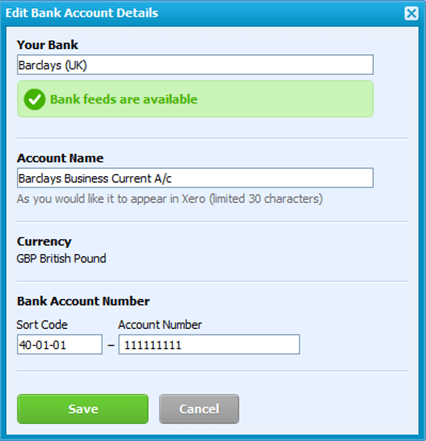
This software grants you numerous options once it comes to selecting the bank account. Kindly note:
Now you can feel free to work on your bank account and even reconcile the transactions’. 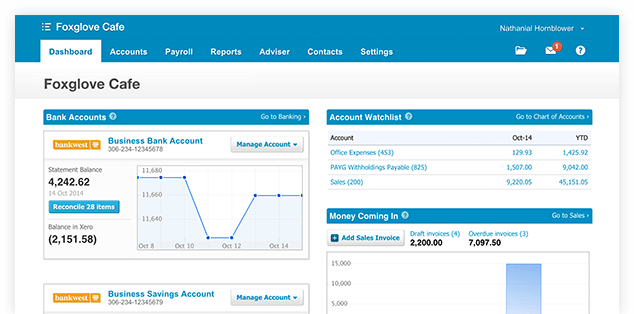
You can easily import bank feeds using two procedures. 1. Manual import.
2. Automatic Bank Feeds. Tip worth noting.
Bank rules’ are normally created for automatically allocating transactions’ based on the redefined rules’. 1. When to apply the rule. 2. Where to match with the rule. 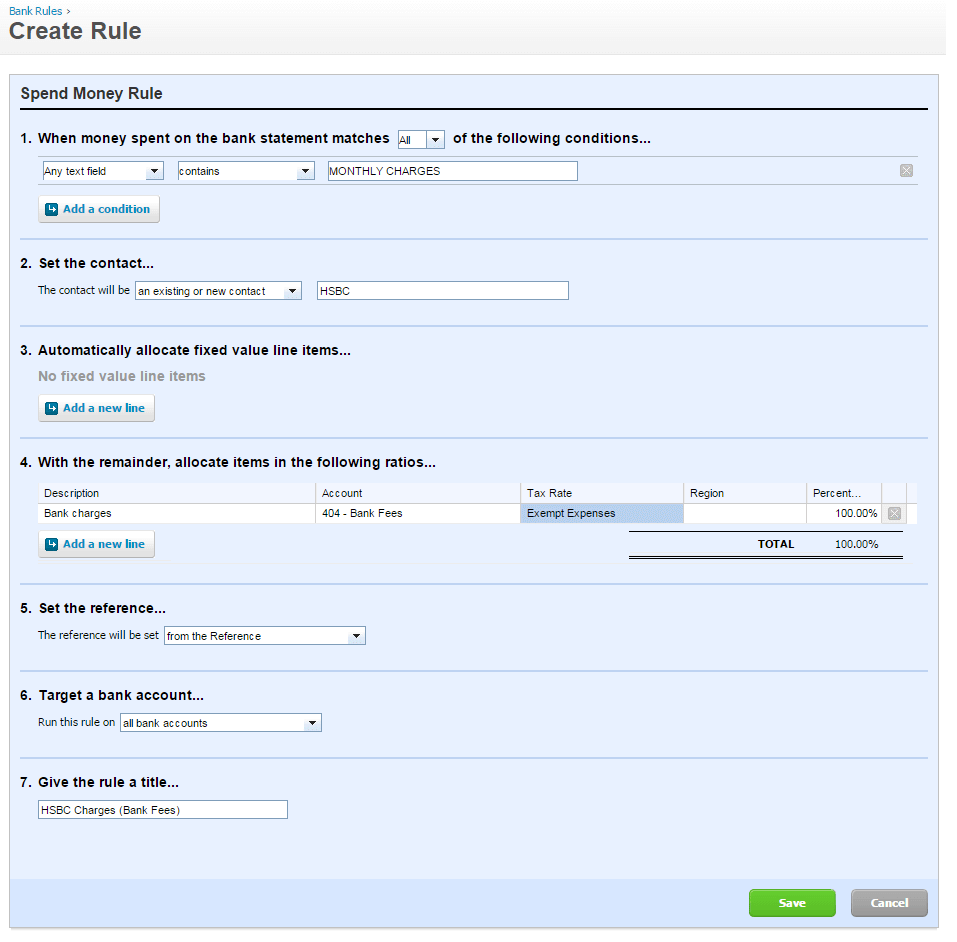
You can quicklyview your complete list of rules here.You can quicklyview your complete list of rules here. You can quickly view your complete list of rules here.You can quickly view your complete list of rules here. 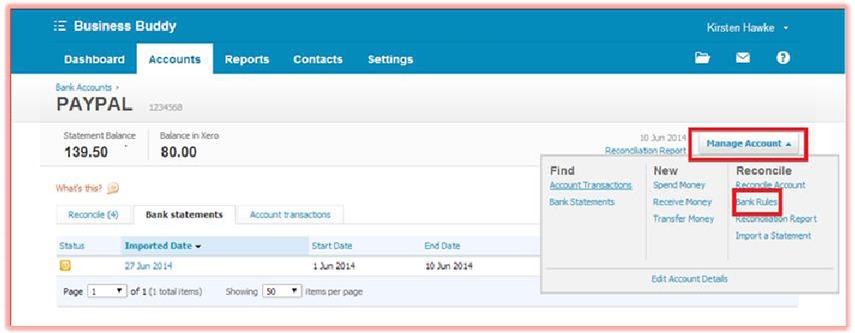
And this is how the bank rules look like. 
0 Comments
Leave a Reply. |
Archives
February 2018
Categories |


 RSS Feed
RSS Feed
